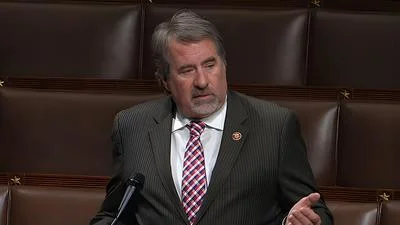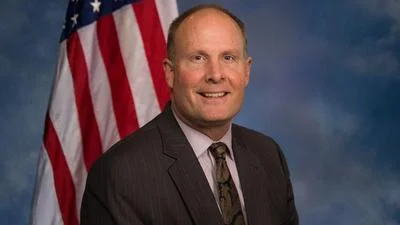The U.S. Environmental Protection Agency (EPA) announced a collaboration with the city of Elgin, Illinois, to identify and replace drinking water lead pipes, aiming to protect public health. This initiative is part of the EPA’s Get the Lead Out Initiative, funded by the Biden-Harris Administration’s Bipartisan Infrastructure Law, which seeks to achieve 100% lead service line replacement nationwide. The initiative will provide technical assistance to approximately 200 communities across the country.
Consuming lead in drinking water can cause serious health impacts, including irreversible harm to brain development in children. To address this issue, the Bipartisan Infrastructure Law invests $15 billion in replacing lead pipes and delivering clean and safe drinking water, including nearly $241 million for Illinois this year alone. Additionally, $11.7 billion has been allocated to the General Supplemental Drinking Water State Revolving Fund for similar purposes. However, many underserved communities lack resources for planning and accessing federal investments for lead pipe replacement. The technical assistance provided through the Get the Lead Out Initiative aims to ensure that no community is left behind.
“President Biden’s Investing in America agenda is driving historic levels of funding to replace lead service lines in communities like Elgin across the country,” said Region 5 Administrator Debra Shore. “EPA is using every tool available, including regulation, funding, and this technical assistance initiative, to get the lead out of the nation’s drinking water once and for all.”
Senator Dick Durbin emphasized the importance of access to clean water: “Access to clean, safe drinking water is not just a basic necessity; it is a fundamental human right.” He noted that Congress passed the Bipartisan Infrastructure Law knowing that many communities continue to face threats from lead-contaminated drinking water.
Senator Tammy Duckworth highlighted how historically underserved communities are disproportionately affected by neglect in infrastructure: “Every American deserves access to clean, safe and reliable water... I’m proud the Biden-Harris Administration’s Get the Lead Out program is continuing to prioritize getting the lead out of pipes in Illinois communities like Elgin so we can help deliver clean water for all.”
Representative Raja Krishnamoorthi commended local efforts: “No amount of lead is safe... I applaud the EPA and Elgin officials for partnering on the Bipartisan Infrastructure Law’s Get the Lead Out Initiative.”
Representative Delia Ramirez supported today’s announcement: “Replacing lead pipes is urgent and necessary... Today’s announcement is a testament to the impact that transformative investments can have on families and communities right here in IL03 and across Illinois.”
Elgin Mayor David Kaptain outlined local challenges: “While Elgin’s drinking water is lead-free when it leaves our water treatment plants... Thanks to EPA’s Get the Lead Out Initiative, we are enhancing our public outreach regarding lead service lines.”
Under this initiative, EPA will assist Elgin in identifying lead pipes, increasing community outreach and education efforts, and applying for funding. These efforts aim at achieving 100% lead-free pipes in Elgin.
EPA estimates there are about 9 million lead service lines still in use across the country. Communities seeking assistance with lead service line replacement can request help via EPA's WaterTA website.
Signed into law in 2021, the Bipartisan Infrastructure Law provided a historic $50 billion investment in drinking water and wastewater infrastructure. This includes $15 billion dedicated specifically to replacing lead service lines.
As part of a broader effort to tackle lead exposure, EPA will develop tools and case studies under this initiative to share information between various stakeholders involved in managing water systems.
---




